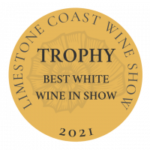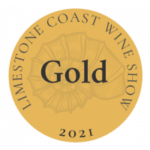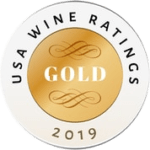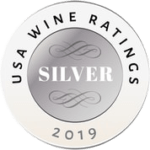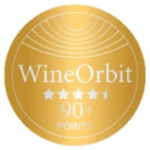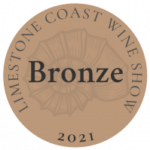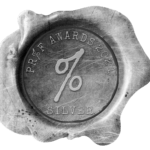Patrick Twells | Posted on |
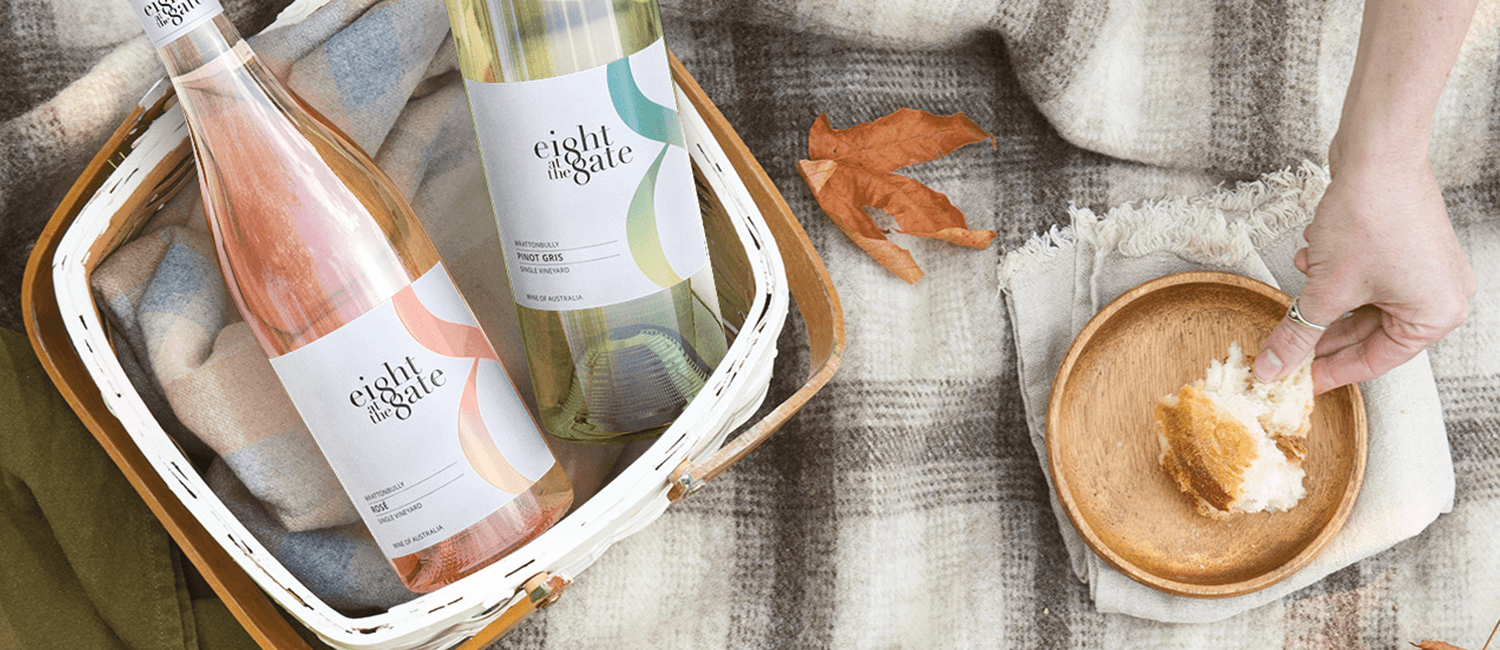
Why did we make an “Intentional” Rosé?
4 Ways to make Rosé
The most common method of making rosé is the maceration method, where red grape skins are left to interact with the juice for just the right amount of time to achieve the desired colour and flavour. Longer maceration creates darker, more intense rosés.
Direct press is a variation of the maceration method that makes paler rosés, though the style is more akin to white winemaking than red. Rather than allow a maceration period, the grapes are pressed and the juice is immediately drawn off the skins. However, as the skins break during pressing, the juice will take on a hint of colour and flavour.
The saignée method involves removing a portion of juice from an already-fermenting red wine to create both a rosé wine and a more concentrated red wine. This technique is used when winemakers are crafting red wine but want to make it more intense. They saignée (to bleed in French) off some juice from the red wine early in the process, vinify it separately as rosé, and let the remaining red wine become more concentrated. Less liquid in the tank with the skins means more oomph, power, and strength in the finished red wine. Saignée method rosés are a byproduct of red wine production, the grapes weren’t grown with a primary intention of becoming a rosé.
Blending is the least common method and kinda frowned upon (except when making pink bubbles!). It is not allowed everywhere but is in certain regions around the world. Blended rosé wines that can vary from light to heavy, depending on the red wine’s amount and type used in the blend.
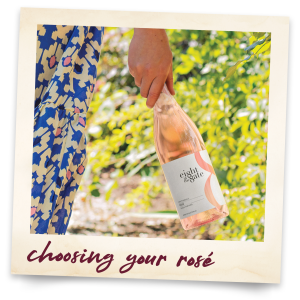
Pro tip for choosing your rosé
Darker rosés do not equate to sweetness; they are merely more robust, concentrated, and intense in flavour. To find a dry rosé, focus on the residual sugar content. According to EU Commission Regulation, dry wines with moderate acidity should contain no more than 9 g/L of residual sugar. One exception is Champagne-style wines, where the term “dry” refers to relatively sweet styles. For a dry sparkling wine, seek “bone dry” or “extra brut.”
When it comes to crafting our Single Vineyard Rosé, we take a purposeful approach. We’re all about creating an “intentional rosé.” It all starts with our grapes. We pick them early, deliberately, to preserve that vibrant acidity and the bright fruit flavours that are the hallmarks of a great rosé. But the magic happens in the winery, where we carefully control every step of the process to make sure our rosé is just right.
We use the Direct Press Method. As soon as our grapes arrive at the winery, we destem them and press the grapes immediately. This pressing is extremely gentle and extracts the most delicate free-run juice. The goal is to obtain this juice as quickly as possible to capture the best aromas without extracting excessive colour. The longer we let them mingle, the deeper and more intense the rosé becomes. It’s kind of like brewing a cup of tea; the longer the tea leaves steep, the stronger the brew. We did not want our rosé to be too dark or heavy. We aimed for a soft salmon hue with a flavour profile that defines a fantastic rosé and looks so pretty in the bottle and glass.
The result is a rosé that’s fresh and expressive with a juicy and bright palette of tangy strawberries, a touch of redcurrant and a wonderful crisp red apple crunch on the finish. There’s a lick of spice adding complexity and it’s all rounded up with a deliciously dry finish.
Intentional rosé at its best!

